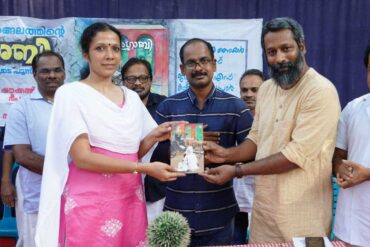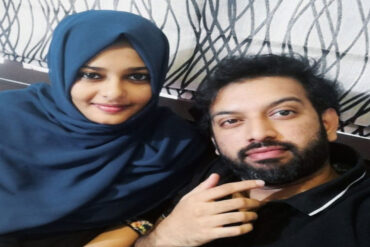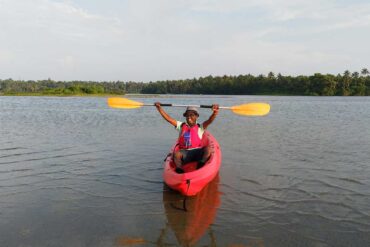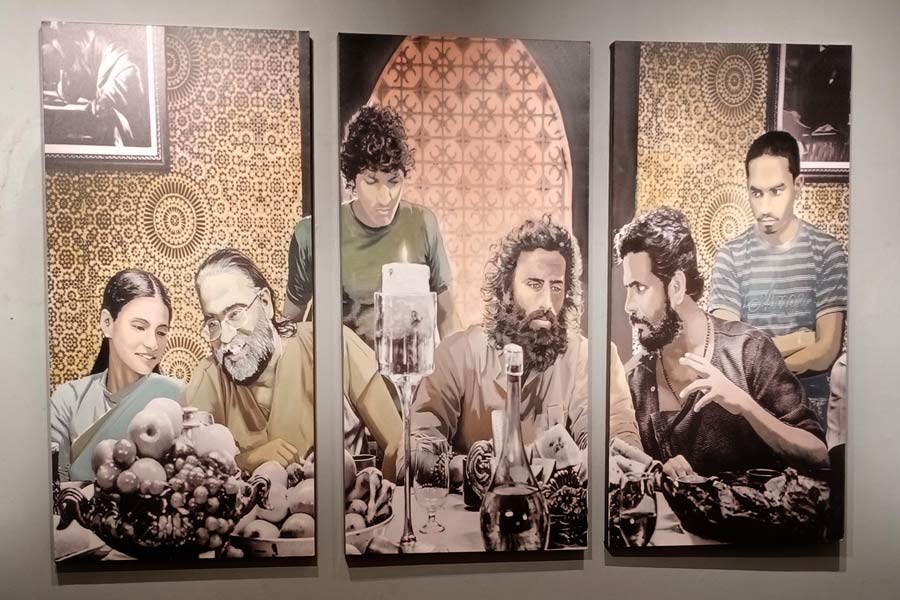The idea of holding an exhibition before the release of a film had been on Binu Bhaskar’s mind for a long time. He believes bringing the images of a film to an intimate space creates a sort of connect with the viewers. In other words, it serves as a window to the larger canvas. This desire has finally resulted in No Answers, an exhibition based on the upcoming Malayalam film Kottayam, happening at Draavidia Art Gallery, Fort Kochi.

Bhaskar, who is director of Kottayam, has been working on this investigative thriller that touches upon social issues for the past three years. A photographer-turned-director, he equates land with a woman in the film. The message is: consequences will be dreadful if one violates either. “In our country, atrocities against women surge day by day. Such news receive a lot of attention, however, only a few cases get solved. Everything fades off after a few days’ of sensationalism. I find that disturbing. I wanted to talk about that,” says Bhaskar, sitting in the gallery where paintings, digital collages and designer wear related to the cinema are on display.
Besides violence against women, the film discusses issues such as land encroachment and depopulation. The narrative has a pan-Indian approach. Although the film begins in Kottayam, it travels to the Northeastern part of the country. “Because the subjects we discuss are relevant across the nation,” Bhaskar explains.
The film begins when the police find a raped and mutilated body of a young police officer, Annie Kuriakose, in a rubber plantation in a village near Kottayam town. Sunny, the wayward son of Mathachan, who owns the plantation, becomes the prime suspect. Ravi and Sreenath who investigate the case reach Arunachal Pradesh as part of the investigation where many adventures await them. Bhaskar says the film follows a non-linear narrative just like the exhibition. One gets a different story from each exhibit. The experimental movie puts together different portraits to weave a visual story.

Why did he choose Kottayam? “Because it is a good example of land displacement and depopulation. About 200 years ago, it was a promised land. The thick jungles were converted to cash crops such as rubber and cardamom by settlers. The place is currently witnessing global trends like the migration of the younger generation seeking greener pastures. The vacuum is filled by migrant labourers. We used Kottayam to capture certain geography and condition. A terrain that was once virgin is now violated, like what happens to Annie. Besides, Kottayam has a legacy of missionaries who propagated the idea of migration,” says Bhaskar.

As the story is based in Kottayam, it carries motifs of Christianity. “Various Christian denominations like Orthodox, Catholic, and Pentecost have had long influence in shaping the destiny of Kottayam. Christian ideas of sin, redemption and stories of Cain and Abel and the Last Supper were all well-etched into the storytelling of the regular folks in the region. The film uses these as references to visualise certain key events,” explains Bhaskar, who is also the cinematographer of Kottayam. He had earlier worked as the cinematographer of Lukka Chuppi and the director and cinematographer of the Spanish short film Road Song.
Director and screenwriter Sangeeth Sivan appears as Mathachan. Nimmy Raphel plays the role of Annie, while Ravi Mathew appears as SP Ravi Mathew. Rest of the cast includes Aneesh G. Menon, Annapoorni Devaraja, Shafeeq and Nzabeni Kitan from Nagaland. A young crew has worked behind this venture.
The artworks feature characters, ambience and theme of the film. Portraits of female protagonists against the backdrop of nature and landscapes describe the beauty of the forest that are part of the exhibition. One of the works that reminds one of the The Last Supper has characters of Kottayam together on the canvas. The show is open till January 17, the day when Kottayam hits the screen.







